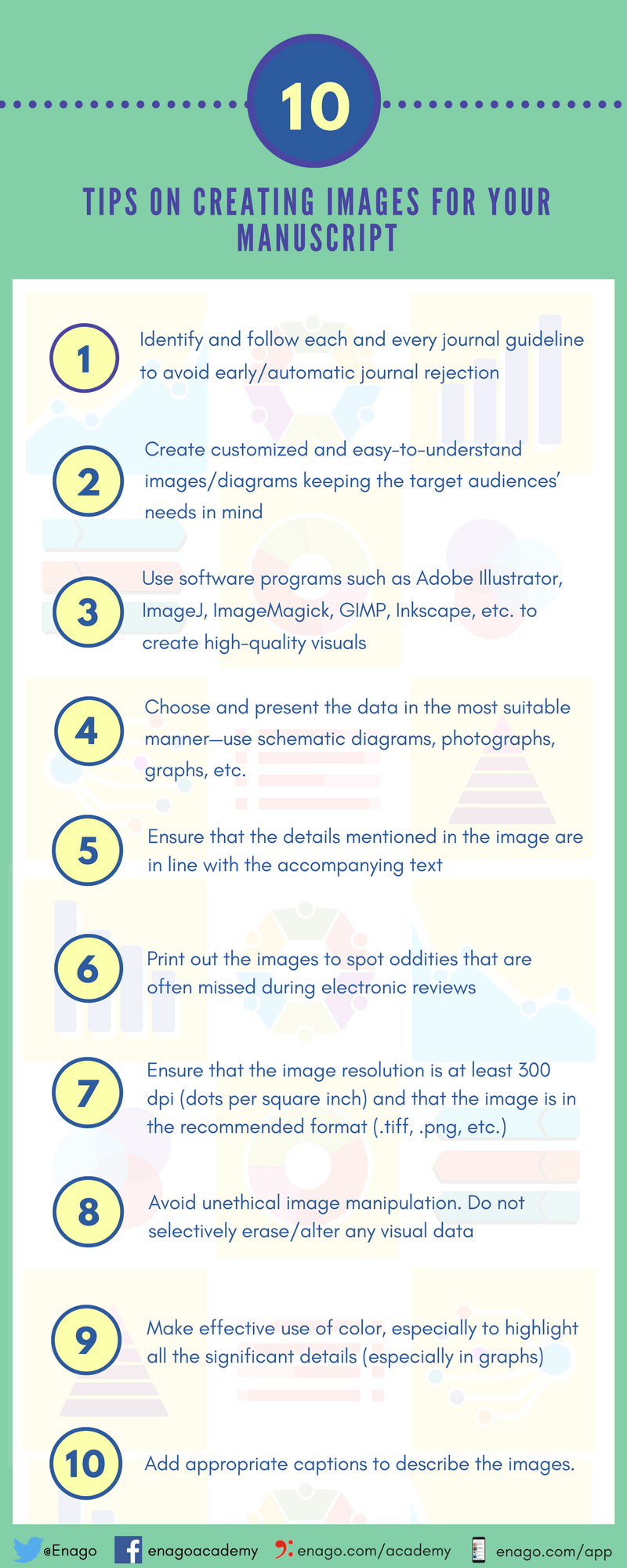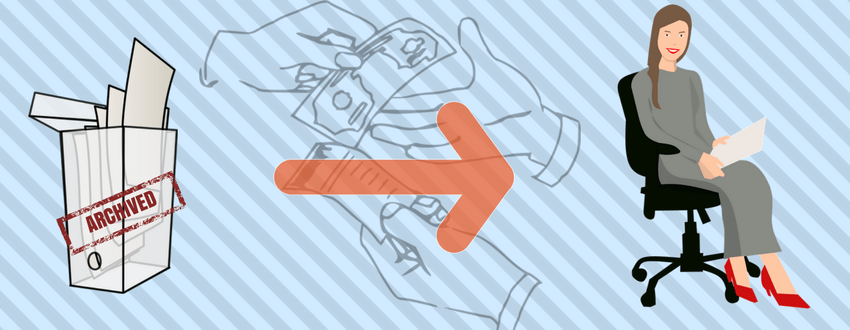
We cannot discuss megajournals without discussing open-access (OA) publishing. OA provides free access to published information with advantages such as no subscription fees, no paywall, and a wider audience. With the onset of OA, the megajournals, a category of OA journals, came into being. These are peer-reviewed journals; however, they might have less-stringent publishing criteria. Let us try to find out whether publishing in a megajournal is better or not.
What’s Best for You?
Whether to publish in a megajournal or a regular (traditional) journal is a personal choice. When making this decision, consider the following characteristics of megajournals:
- Limited scope of peer review: In many cases, the scope of a peer review for a megajournal limits itself to the technical information presented. It might not assess whether the research is new or even important.
- Broad range of subjects: Unlike traditional journals, megajournals accept and publish research articles from many disciplines. They do not specialize in a specific discipline or subject.
- Article Processing Charges (APCs): APCs for publishing in megajournals are usually lower than those of traditional journals.
- Turnaround time: They have quicker turnaround times between reviewers and researchers.
These are not necessarily negative characteristics. In fact, you might find them appealing because you might be able to publish sooner than expected. In addition, you will have a wider audience who will see your research, but be aware of some of the pitfalls. For example, PLOS ONE, touted as the first megajournal to be launched, has recently had some difficulties in keeping top management and in its declining impact factor.
Even so, several other journals have subscribed to this new model without experiencing any problems. Nature, Science, BMJ Open, Scientific Reports, and the Journal of the American Chemical Society, all highly reputed scientific journals, do not specialize in only one discipline.
Quick Check Before You Make the Choice
When considering publishing in a megajournal, keep in mind the following:
- Check the publisher’s qualifications for any megajournal that you are considering. Some publishers overinflate their journal protocols to get your business or present themselves as “self-proclaimed” megajournals.
- Check the profiles of the peer reviewers for the journal. Some peer reviewers hired by megajournals will review a variety of disciplines, some of which might not be in their field of study.
- Assess the quality and reputation of the megajournal. Do your research on these publications. Make sure there are no previous issues involving internal affairs or articles published that suffered retraction later on. Some of the journals carry out such practice because the articles they published, contained falsified or fabricated data.
Where to Start
Your decision should be based on a concerted effort to review and assess the megajournals that you are considering. Even though you must always do your due diligence before submitting your research to a megajournal with which you might not be familiar, the experience can still be a positive one.
Recently, Enago Academy launched the Open Access Journal Finder (OAJF) that aims at enabling research scholars to find open access journals relevant to their manuscript. OAJF uses a validated journal index provided by Directory of Open Access Journals (DOAJ) – the most trusted non-predatory open access journal directory in its search results. The tool displays vital journal details to the scholars including publisher details, peer review process, confidence index (indicates similarity between matching keywords in the published articles across all journals indexed by DOAJ), and publication speed.
Have you used a megajournal in your publishing endeavors? If so, please describe the peer review process, timing from submission to publication, quality of published research, and any other objective characteristics that you would like to pass on to our readers. Please let us know your thoughts in the comments section below.







